Home>Garden Essentials>What Are The Seeds In Sausage
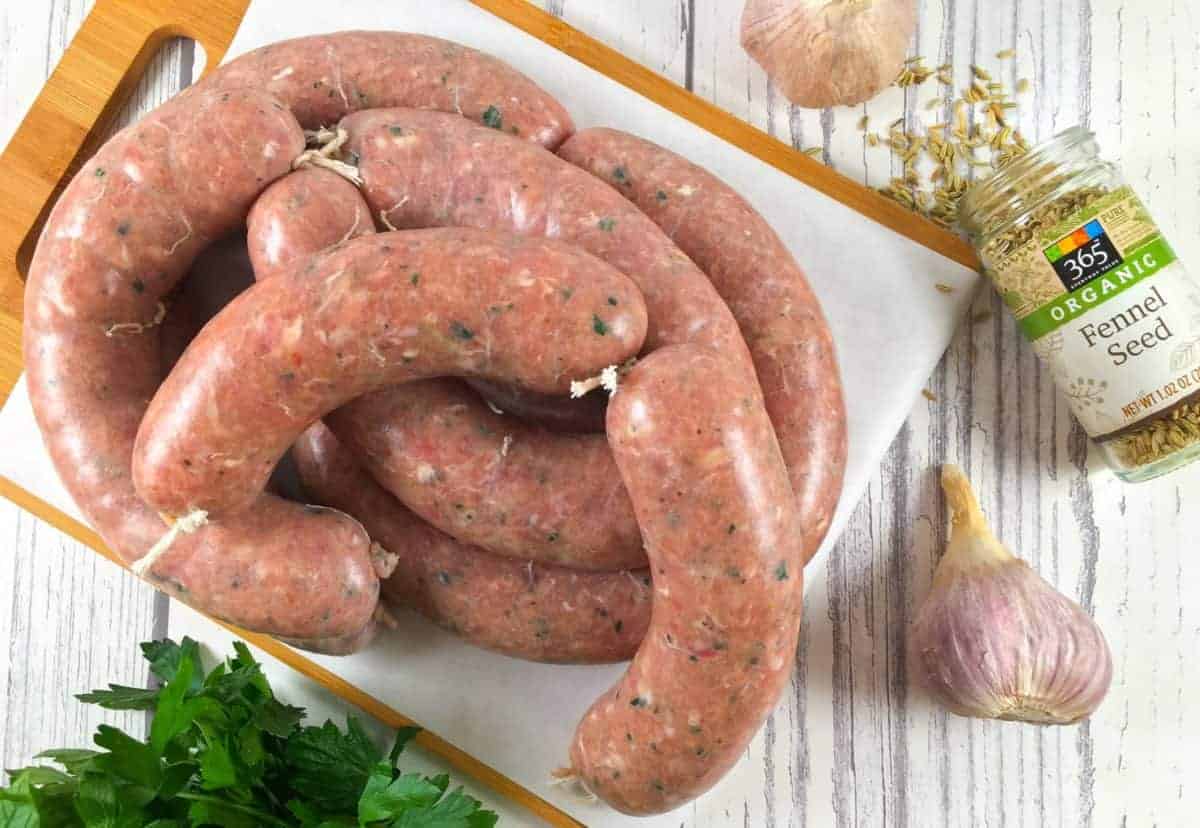

Garden Essentials
What Are The Seeds In Sausage
Modified: March 15, 2024
Discover the secret behind the delicious flavor of sausage with garden seeds. Learn about the various types of seeds used and how they enhance the taste of your favorite sausages.
(Many of the links in this article redirect to a specific reviewed product. Your purchase of these products through affiliate links helps to generate commission for Storables.com, at no extra cost. Learn more)
Introduction
Welcome to the flavorful world of sausages! Whether you’re a meat lover or a vegetarian, there’s no denying the universal appeal of this culinary delight. Sausages come in a wide range of flavors and varieties, each offering a unique taste experience. From traditional bratwurst to spicy chorizo, sausages have become a beloved food item across cultures.
But have you ever wondered about the small, crunchy additions that you often find in sausages? Those little seeds that add an extra texture and flavor to your sausage? In this article, we’re going to explore the world of seeds found in sausages, their different types, and the benefits they offer to our health.
Seeds play a crucial role in adding depth and complexity to the overall flavor profile of sausages. They not only contribute to the texture but also provide a delightful crunch that elevates the eating experience. Additionally, seeds offer nutritional benefits, making sausages not just delicious but also a wholesome choice.
So, what are the common types of seeds found in sausages? What are their health benefits? And how are they used in culinary applications? Let’s dive into the delicious details and uncover the secrets of seeds in sausages.
Key Takeaways:
- Sausages with seeds like fennel and mustard add unique flavors and health benefits, but there are also delicious seed-free options like chicken, seafood, and vegan sausages to explore!
- Whether you love the crunch of seeds or prefer a seed-free option, sausages offer a world of flavors and textures to enjoy. From fennel to flaxseeds, there’s a sausage for every palate and preference!
Read more: What Kind Of Seeds Are In Italian Sausage
What Are the Seeds Found in Sausage?
Sausages can contain a variety of seeds, each adding its own distinctive flavor and texture to the final product. Let’s take a closer look at some of the most common types of seeds found in sausages:
- Fennel Seeds: Fennel seeds are a classic addition to sausages, especially Italian-style varieties like Italian sausage. These tiny seeds have a sweet and aromatic flavor, reminiscent of licorice. They add a subtle earthiness to the sausage and help balance out the richness of the meat.
- Mustard Seeds: Mustard seeds come in different colors, including brown, yellow, and black. They have a pungent and slightly bitter taste, which adds a tangy kick to sausages. Mustard seeds are often used in sausages, such as bratwurst or hot dogs, to give them a zesty flavor.
- Cumin Seeds: Cumin seeds have a warm and nutty flavor, often associated with Indian and Middle Eastern cuisines. In sausages, cumin seeds add a slightly smoky and earthy undertone. They pair well with lamb or beef sausages, adding a touch of spice and depth.
- Poppy Seeds: Poppy seeds are tiny, kidney-shaped seeds with a slightly nutty and sweet taste. While they are commonly associated with baked goods like bagels and muffins, they can also be found in sausages. Poppy seeds provide a pleasing textural contrast and a subtle crunch.
- Sesame Seeds: Sesame seeds are known for their delicate and nutty flavor. They come in different colors, including white, black, and golden. Sesame seeds are often found in sausages with an Asian influence, adding a wonderful depth of flavor and a crunchy element.
These are just a few examples of the seeds you might encounter in sausages. However, it’s worth noting that different sausage recipes and regional variations may incorporate other types of seeds as well. It’s the combination of these seeds with herbs, spices, and other ingredients that contribute to the unique flavor profiles of various sausages.
Different Types of Seeds in Sausage
When it comes to sausages, there is no shortage of variety. In addition to the different types of meat and seasonings used, sausages can also contain a variety of seeds. Here are a few commonly used seeds in sausages:
- Fennel Seeds: Fennel seeds are a staple in many types of sausages, particularly Italian sausages. They have a sweet, aromatic flavor that pairs well with pork and imparts a distinct licorice-like taste to the sausage.
- Mustard Seeds: Mustard seeds add a tangy and slightly spicy flavor to sausages. There are different types of mustard seeds available, including yellow, brown, and black varieties. Depending on the recipe, whole or ground mustard seeds may be used.
- Cumin Seeds: Cumin seeds are commonly found in sausages with a Middle Eastern or Indian influence. They have a warm, earthy flavor that adds depth and complexity to the sausage. Cumin seeds can be used whole or ground, depending on the desired intensity of flavor.
- Poppy Seeds: Poppy seeds are tiny, blue-black seeds that are often used as a garnish in baking. However, they can also be found in certain sausages. Poppy seeds provide a subtle crunch and a nutty flavor that complements the meat.
- Sesame Seeds: Sesame seeds are a versatile ingredient that can add a delicate nutty flavor and a subtle crunch to sausages. They are commonly used in Asian-inspired sausages and can range in color from white to black.
- Sunflower Seeds: Sunflower seeds are often used in sausages to add a nutty flavor and a crunchy texture. They are a good source of healthy fats and can enhance the overall nutritional profile of the sausage.
- Pumpkin Seeds: Pumpkin seeds, also known as pepitas, are a popular addition to sausages. They have a slightly sweet and nutty flavor and add a satisfying crunch. Pumpkin seeds are also packed with nutrients, including magnesium, iron, and zinc.
- Flaxseeds: Flaxseeds are small, brown seeds that are rich in omega-3 fatty acids and fiber. They have a mild, nutty flavor and can be used in both whole and ground form in sausages. Flaxseeds can enhance the nutritional value of the sausage while adding a subtle texture.
These are just a few examples of the different types of seeds that can be found in sausages. Depending on the recipe or regional variations, other seeds may be used as well. The combination of these seeds with the meat and other seasonings creates a unique flavor profile for each type of sausage.
Health Benefits of Seeds in Sausage
While sausages are often associated with indulgence and flavor, the incorporation of seeds in sausages can actually provide several health benefits. Here are some of the health benefits of seeds found in sausages:
- Dietary Fiber: Seeds, such as flaxseeds, pumpkin seeds, and sesame seeds, are excellent sources of dietary fiber. Fiber is essential for maintaining a healthy digestive system, promoting regular bowel movements, and preventing constipation.
- Omega-3 Fatty Acids: Certain seeds, like flaxseeds, chia seeds, and pumpkin seeds, are rich sources of omega-3 fatty acids. Omega-3 fatty acids are known for their anti-inflammatory properties and have been linked to various health benefits, including improved heart health and brain function.
- Minerals: Many seeds found in sausages are packed with essential minerals like calcium, iron, magnesium, and zinc. These minerals play a vital role in various bodily functions, including bone health, muscle function, and immune system support.
- Antioxidants: Seeds, such as sesame seeds and sunflower seeds, are rich in antioxidants like vitamin E. Antioxidants help protect the body against oxidative stress and may reduce the risk of chronic diseases, including heart disease and certain types of cancer.
- Protein: Seeds like pumpkin seeds and sunflower seeds are excellent sources of plant-based protein. Protein is essential for building and repairing tissues, supporting immune function, and maintaining healthy hair, skin, and nails.
- Healthy Fats: Some seeds, such as flaxseeds and sunflower seeds, contain healthy fats, including monounsaturated and polyunsaturated fats. These fats support cardiovascular health and help lower LDL cholesterol levels when consumed as part of a balanced diet.
It’s important to note that the health benefits of seeds in sausages can vary depending on the quantity and quality of the seeds used, as well as the overall composition of the sausage. While seeds can offer nutritional advantages, it’s essential to consume sausages in moderation and as part of a well-balanced diet.
By incorporating seeds into sausages, manufacturers and home cooks have the opportunity to enhance the nutritional value of these beloved food items. So, next time you enjoy a sausage with seeds, remember that you’re not only indulging in delicious flavors but also reaping some health benefits along the way.
Check the ingredient list on the sausage packaging to see if it contains any seeds. Some sausages may include mustard seeds, fennel seeds, or other spices that resemble seeds.
Culinary Uses of Seeds in Sausage
Seeds play a vital role in the culinary world, and when it comes to sausages, they bring an extra layer of flavor, texture, and visual appeal. Let’s explore some of the common culinary uses of seeds in sausages:
- Flavor Enhancement: Seeds, such as fennel seeds, cumin seeds, and mustard seeds, are used to enhance the overall flavor of sausages. These seeds add a unique and distinct taste that complements the meat and other seasonings, creating a well-rounded flavor profile.
- Textural Contrast: Many seeds, like poppy seeds, sesame seeds, and pumpkin seeds, offer a delightful crunch and texture to sausages. This adds depth and interest to every bite, making the eating experience more enjoyable and satisfying.
- Aesthetic Appeal: Seeds also contribute to the visual appeal of sausages. Whether they are sprinkled on top of a sausage or incorporated throughout the meat mixture, seeds add specks of color and visual interest, making the sausages more visually appealing.
- Regional and Cultural Significance: In certain cuisines and regions, the use of specific seeds in sausages carries cultural and traditional significance. For example, fennel seeds in Italian sausages or cumin seeds in Middle Eastern sausages are not just flavor enhancers but are deeply rooted in the culinary heritage of those regions.
- Inspiring Creativity: Seeds in sausages can inspire creative cooking and experimentation. They provide an additional element to explore in terms of flavor combinations and pairings. Home cooks and chefs can experiment with different seeds to create unique sausage recipes that suit their taste preferences.
It’s important to note that the culinary uses of seeds in sausages are not limited to the examples mentioned above. Different cultures and individual recipes may incorporate other types of seeds or use them in unique ways.
Whether they are used for flavor enhancement, texture, visual appeal, cultural significance, or culinary inspiration, seeds in sausages bring a delightful and dynamic element that elevates the overall dining experience.
Read more: How To Store Sausage
Seed-Free Sausage Varieties
While seeds are commonly used to enhance the flavor and texture of sausages, there are also plenty of delicious seed-free sausage options available. These seed-free varieties cater to different preferences and dietary needs. Here are some popular seed-free sausage options:
- Plain Sausage: Plain sausages traditionally contain a simple blend of meat (such as pork or chicken), seasonings, and spices. These basic sausages are versatile and can be enjoyed as is or incorporated into various recipes.
- Vegetarian and Vegan Sausages: In recent years, there has been a surge in plant-based sausages that cater to vegetarians and vegans. These sausages are typically made from a mix of plant proteins, vegetables, and seasonings. They offer a meat-like texture and flavor without the need for seeds or animal products.
- Chicken or Turkey Sausages: For those who prefer a leaner option, chicken or turkey sausages are a popular choice. These sausages are often lower in fat and calories compared to pork or beef sausages but still provide a satisfying taste and texture.
- Seafood Sausages: Seafood sausages are a delightful alternative for seafood lovers. They are made with fresh fish, shrimp, or other types of seafood, along with herbs, spices, and seasonings. These sausages offer a unique taste and are often enjoyed in dishes like seafood pasta or on their own as a protein-rich option.
- Specialty Sausages: Specialty sausages encompass a wide range of unique flavors inspired by global cuisines. These sausages can include options like chorizo, merguez, or boerewors, which have their own distinct flavor profiles due to the spices and seasonings used. They can be enjoyed without the addition of seeds.
- Low-Sodium Sausages: For individuals who are watching their sodium intake, there are low-sodium sausage options available. These sausages are made with reduced salt content, making them a healthier choice for those with specific dietary needs.
These seed-free sausage varieties offer a range of options to cater to different tastes, dietary preferences, and health considerations. They prove that sausages can still be delicious and enjoyable even without the addition of seeds.
Next time you’re in the mood for sausage but prefer a seed-free option, explore these varieties and discover the delicious possibilities that await!
Conclusion
The use of seeds in sausages adds depth, flavor, and texture to this beloved food item. From fennel seeds in Italian sausages to mustard seeds in bratwurst, the incorporation of seeds enhances the overall culinary experience. However, it’s important to note that seed-free sausage varieties also offer a diverse range of flavors to cater to different preferences and dietary needs.
Seeds, such as fennel, mustard, cumin, and poppy, bring a unique taste and crunch to sausages. They contribute to the overall flavor profile and can provide health benefits, including dietary fiber, omega-3 fatty acids, minerals, antioxidants, protein, and healthy fats.
Moreover, seeds in sausages have culinary significance beyond their nutritional value. They add visual appeal, cultural significance, and inspire culinary creativity. From enhancing the flavor to providing textural contrast, seeds play a vital role in elevating the overall dining experience.
However, for individuals who prefer seed-free options or have dietary restrictions, plain sausages, vegetarian and vegan sausages, chicken or turkey sausages, seafood sausages, specialty sausages, and low-sodium sausages offer delicious alternatives.
Whether you prefer sausages with seeds or without, the world of sausages offers a wide variety of flavors, textures, and options to suit every palate. So, go ahead and explore the diverse range of sausage varieties available and savor the delectable flavors that these savory delights have to offer!
Frequently Asked Questions about What Are The Seeds In Sausage
Was this page helpful?
At Storables.com, we guarantee accurate and reliable information. Our content, validated by Expert Board Contributors, is crafted following stringent Editorial Policies. We're committed to providing you with well-researched, expert-backed insights for all your informational needs.
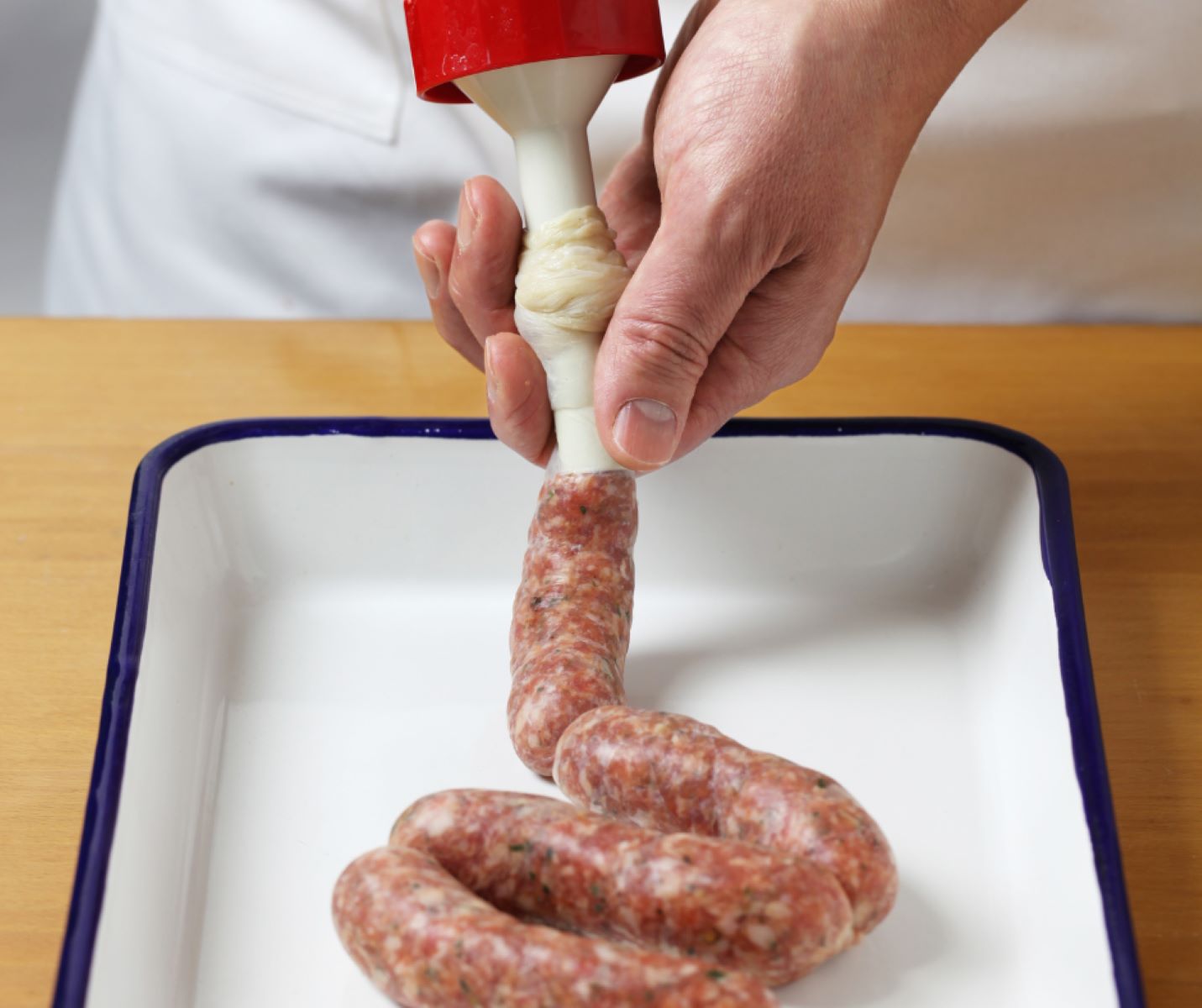

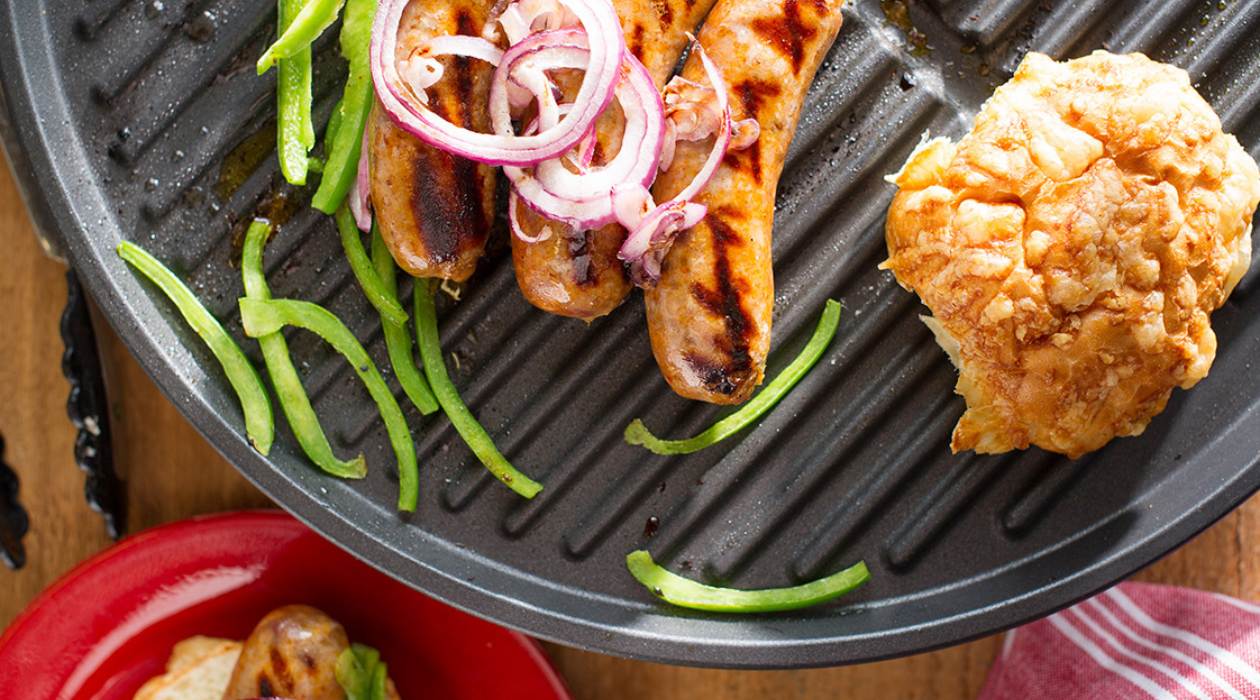
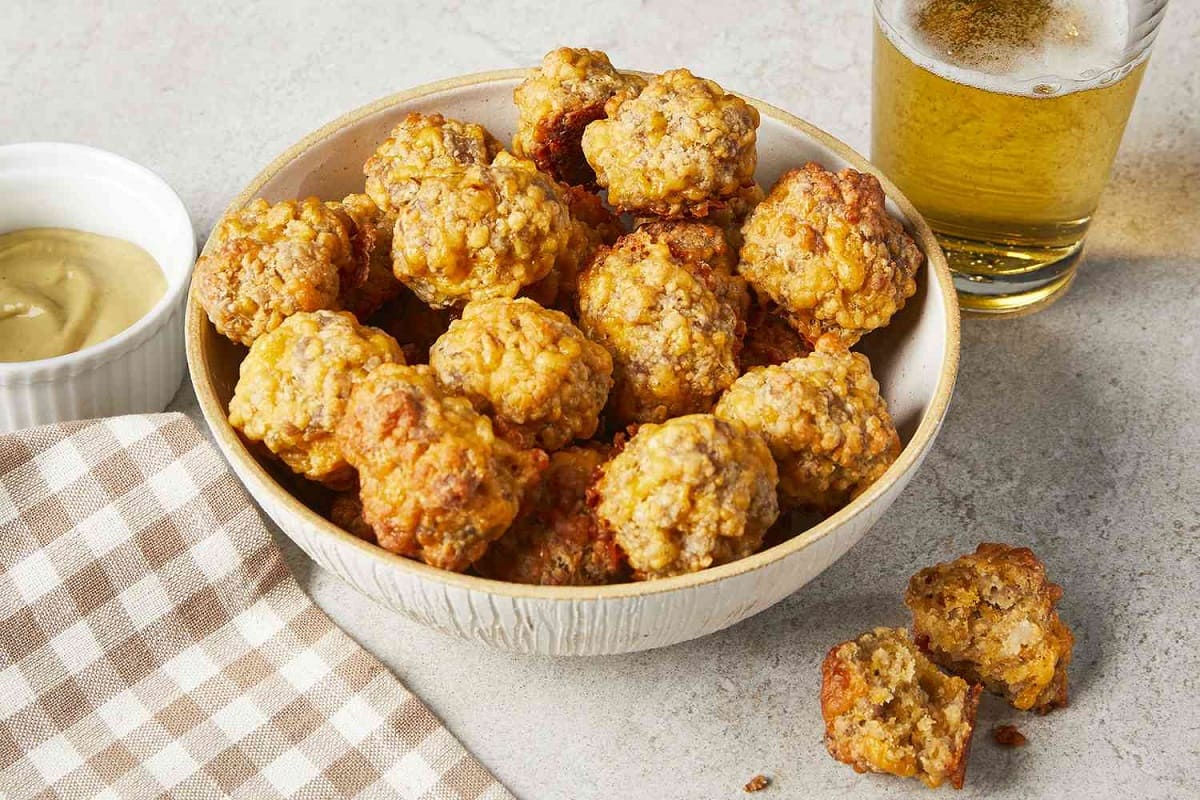

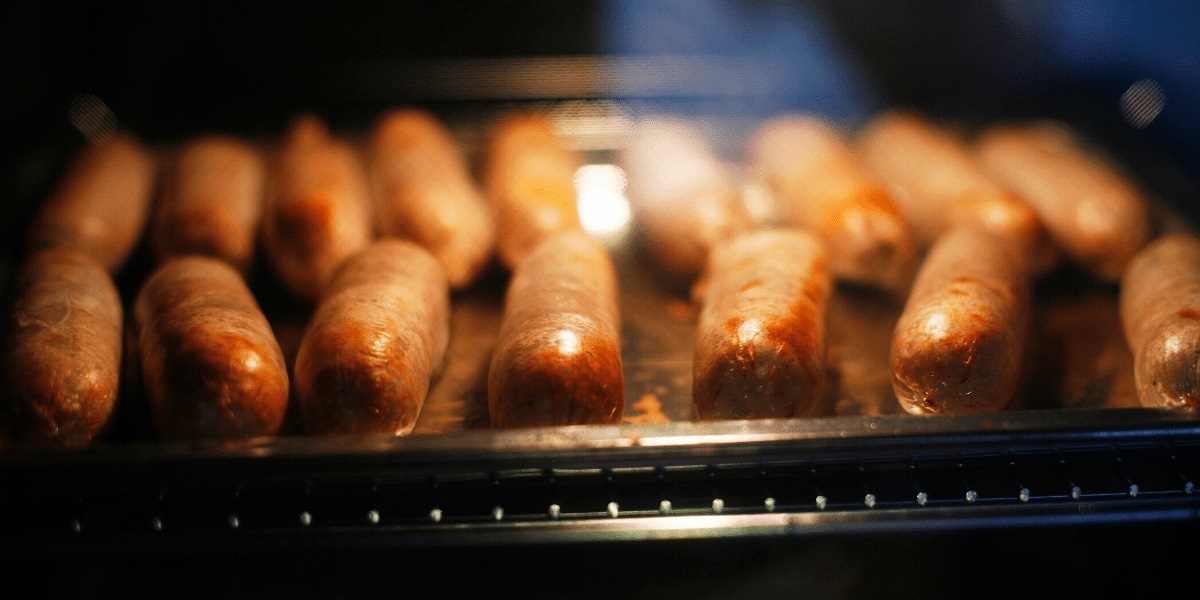
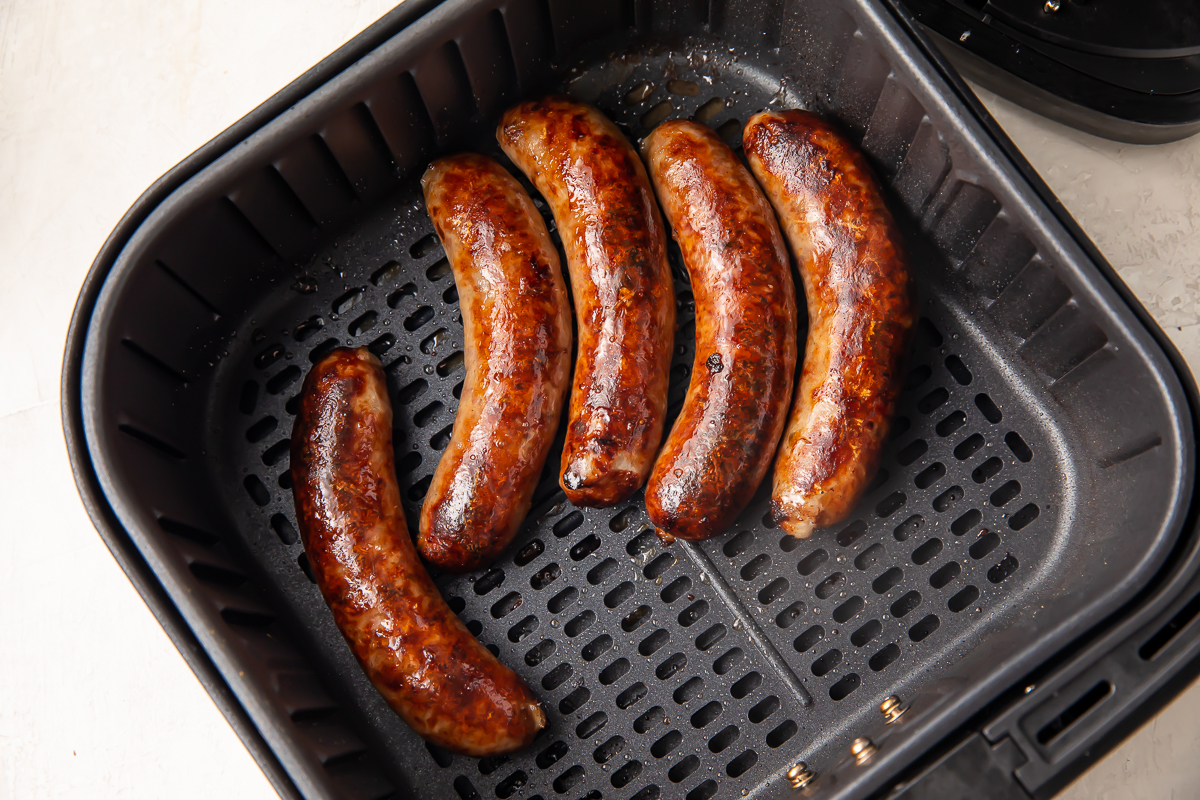
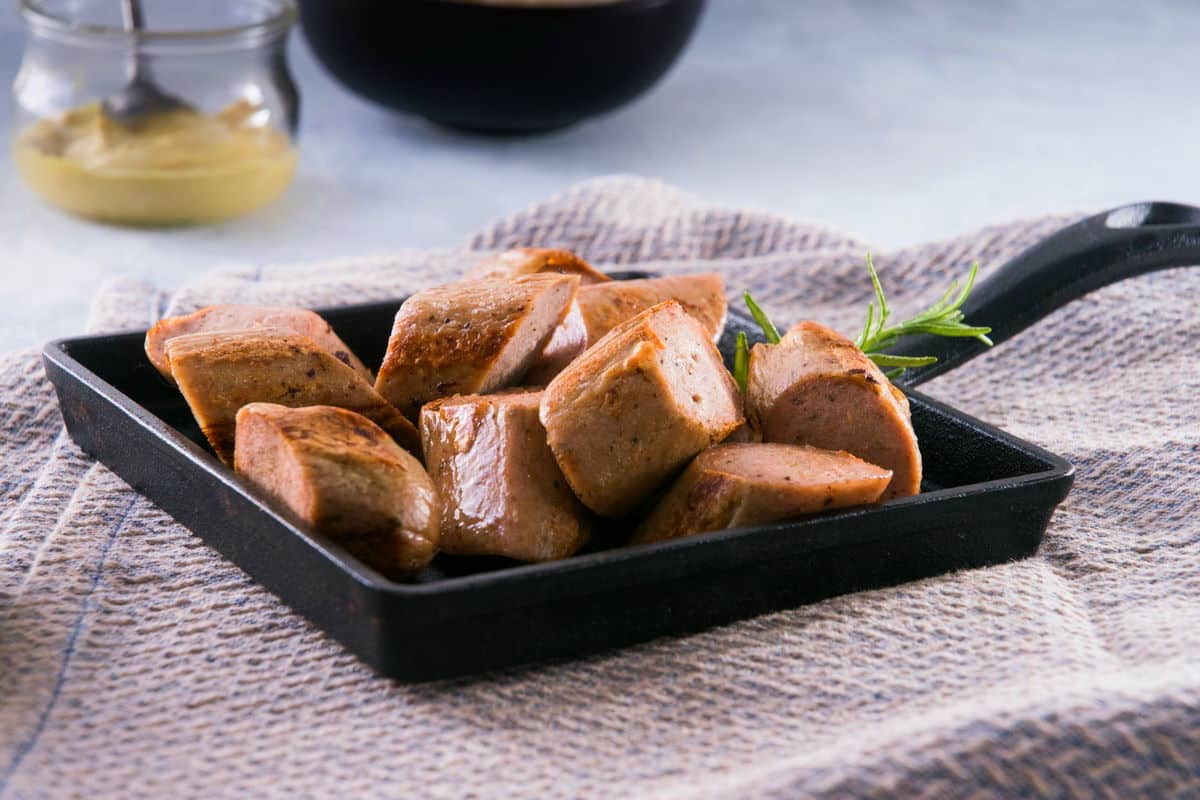
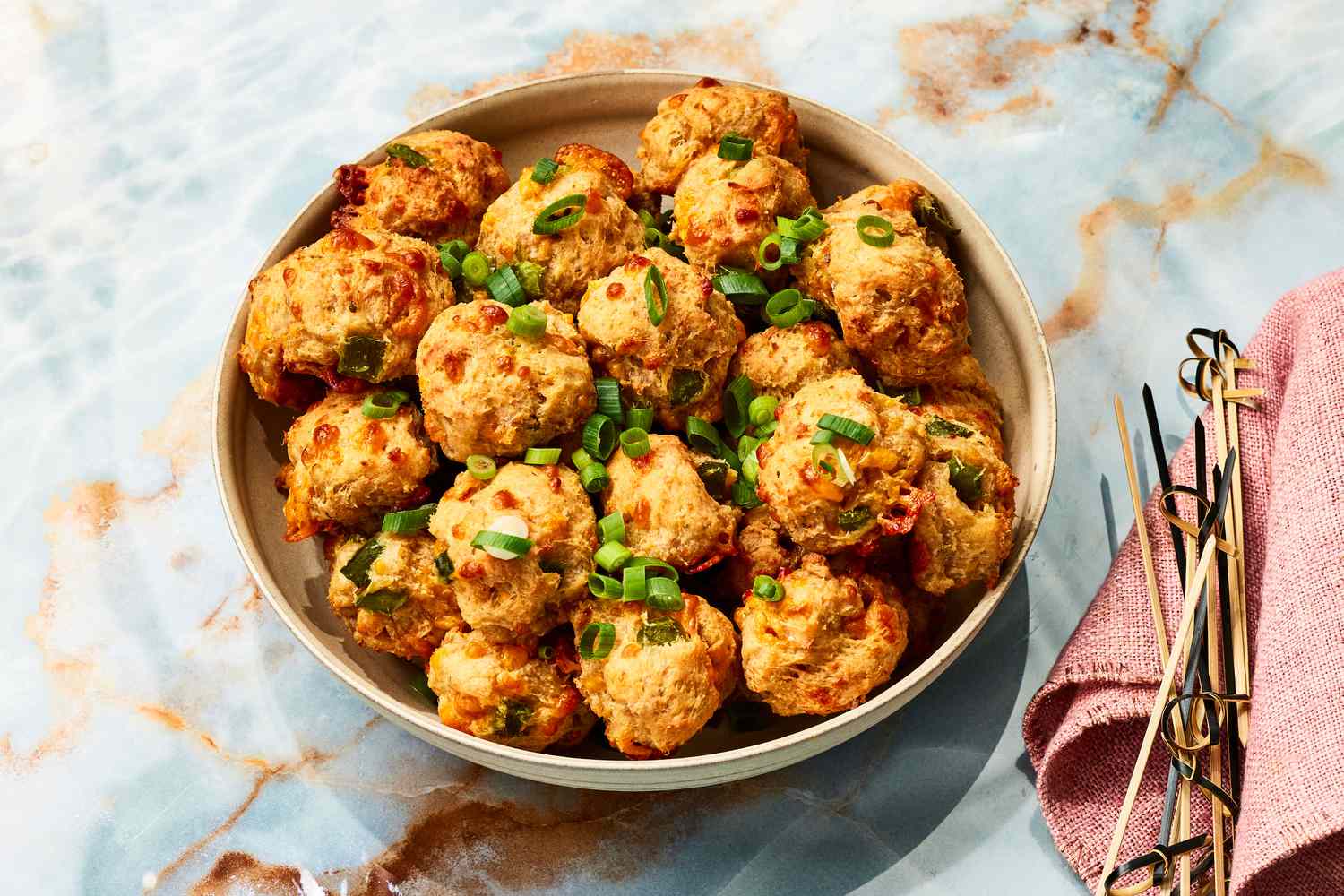
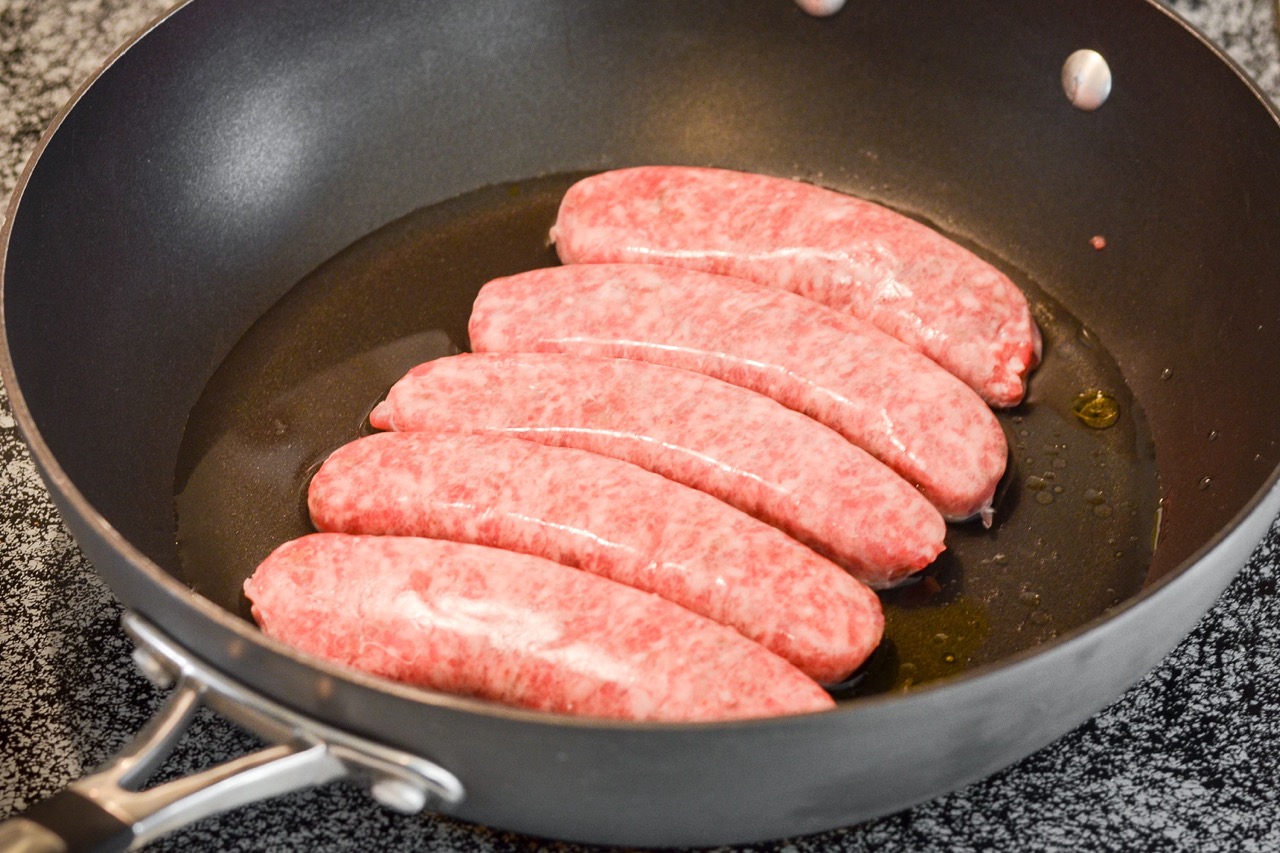
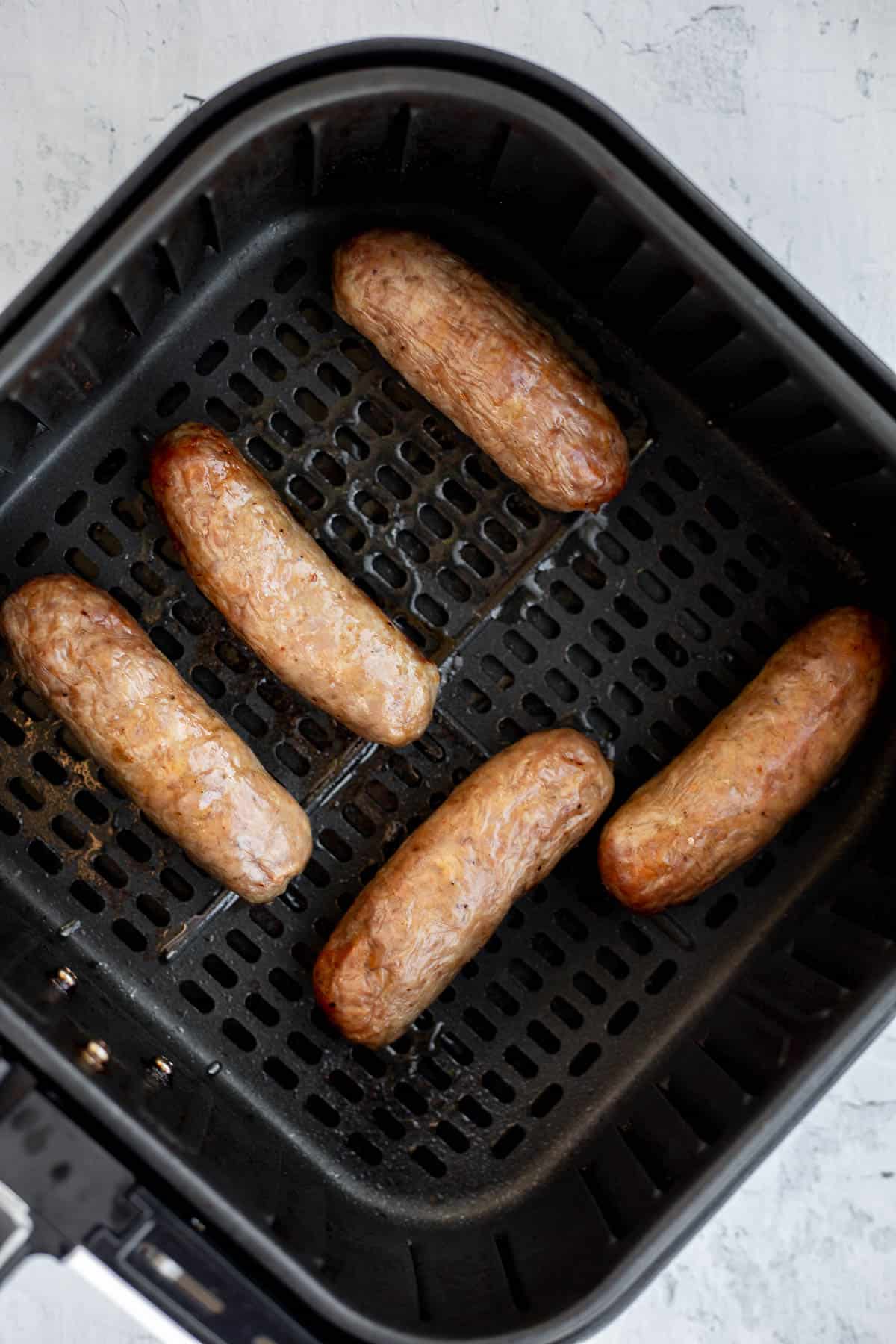
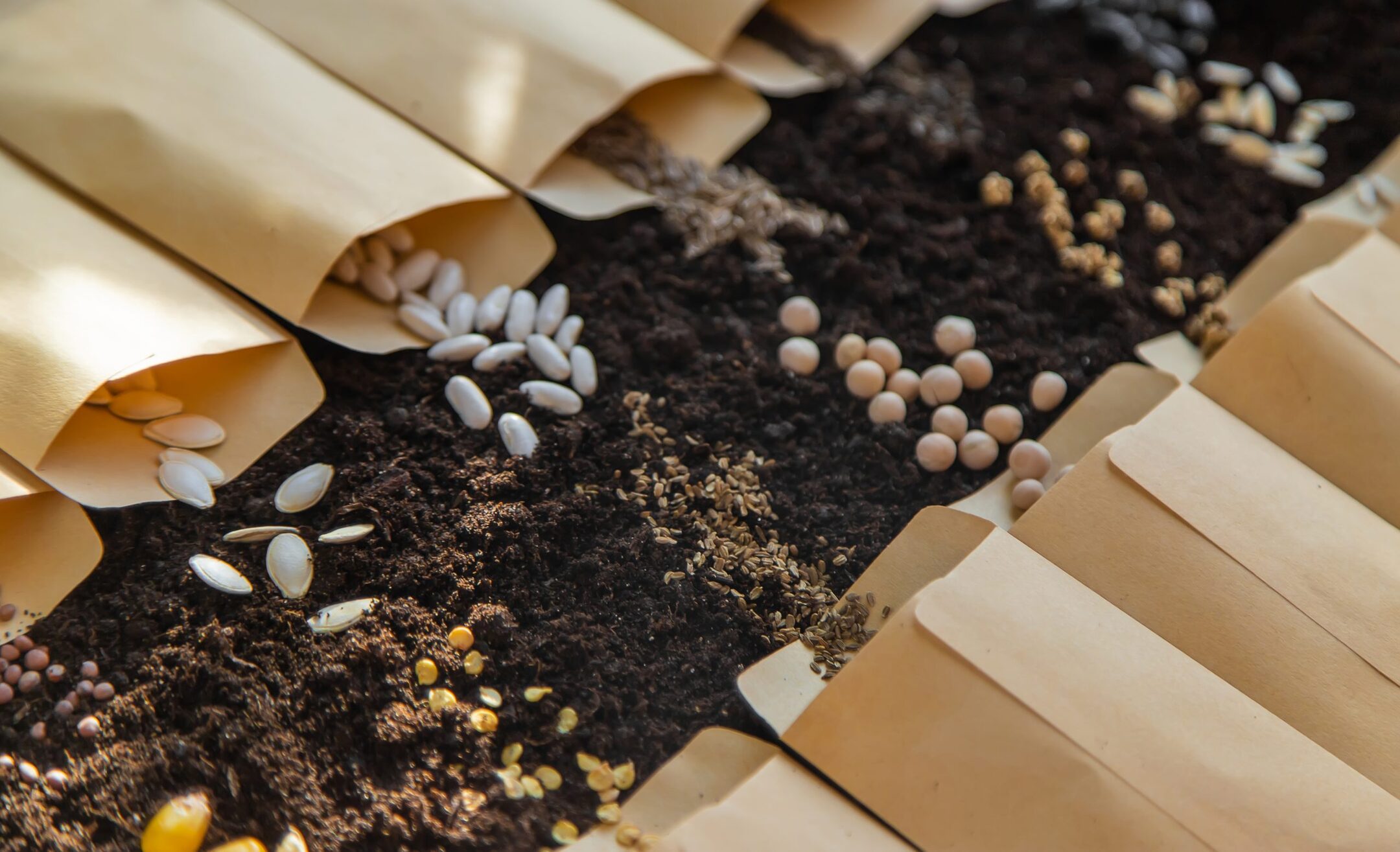
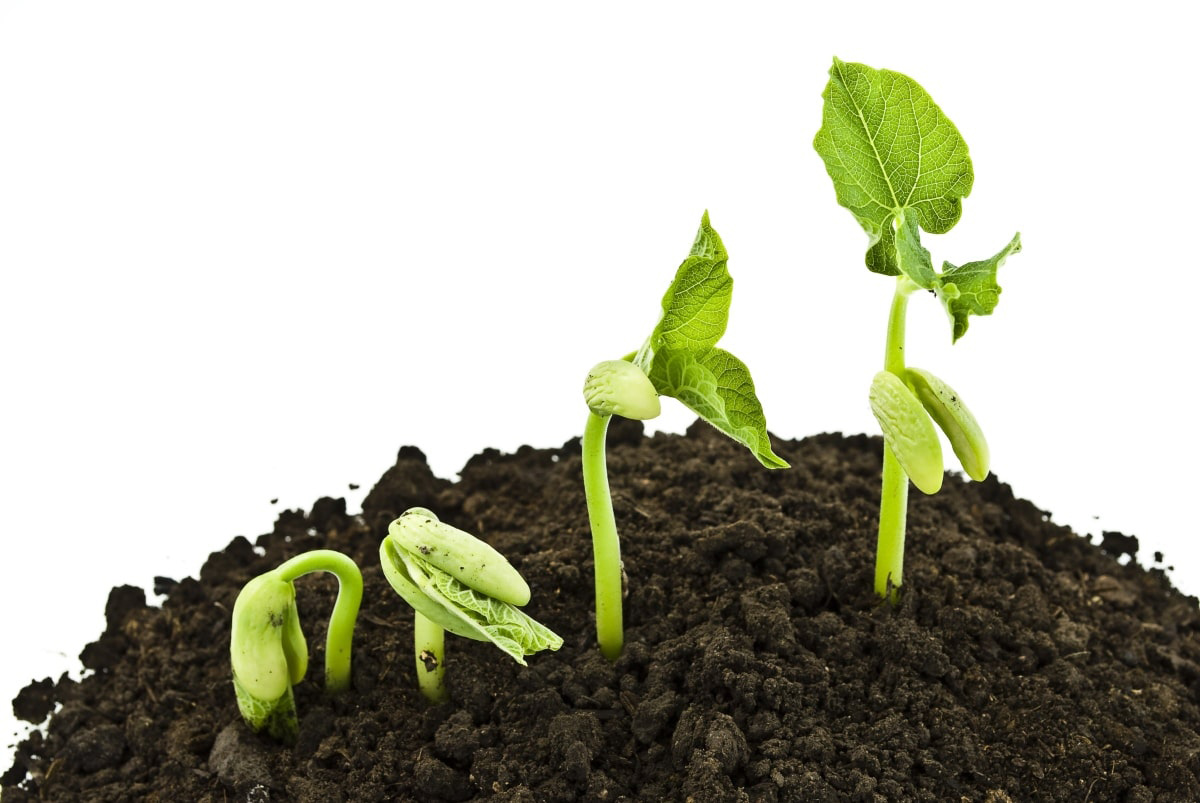
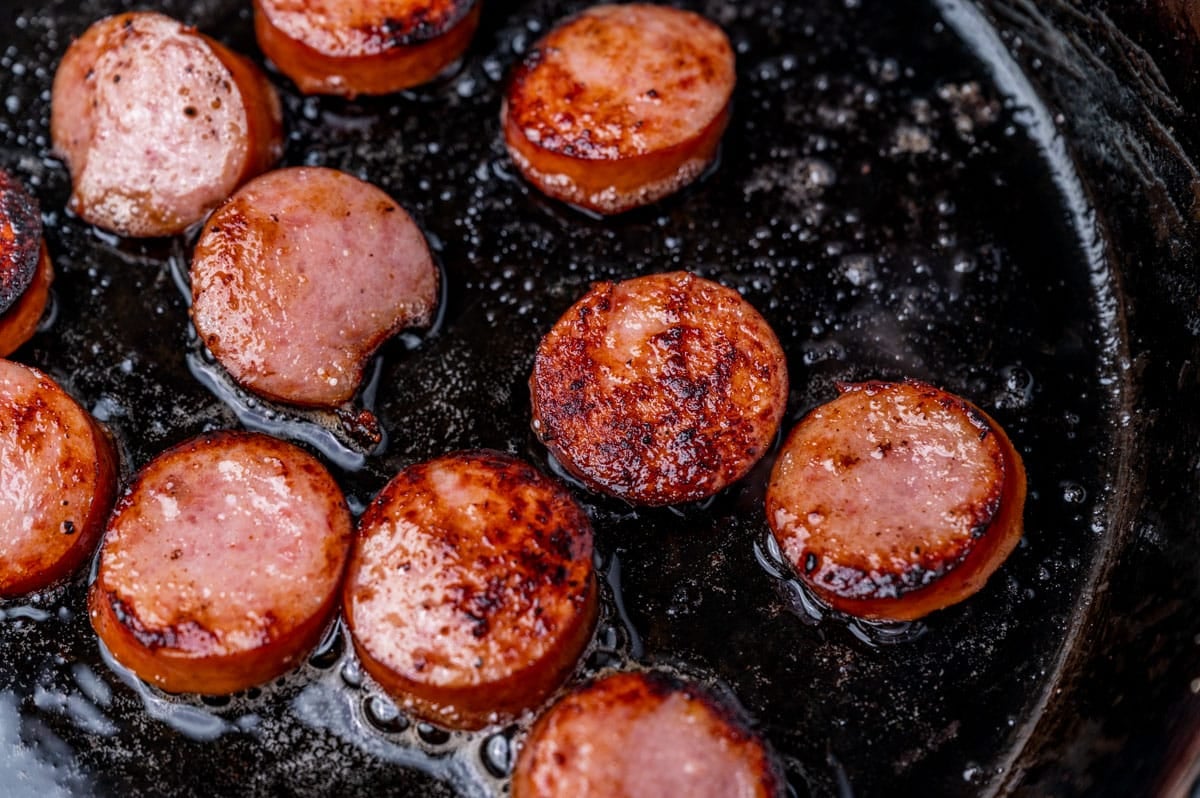

0 thoughts on “What Are The Seeds In Sausage”